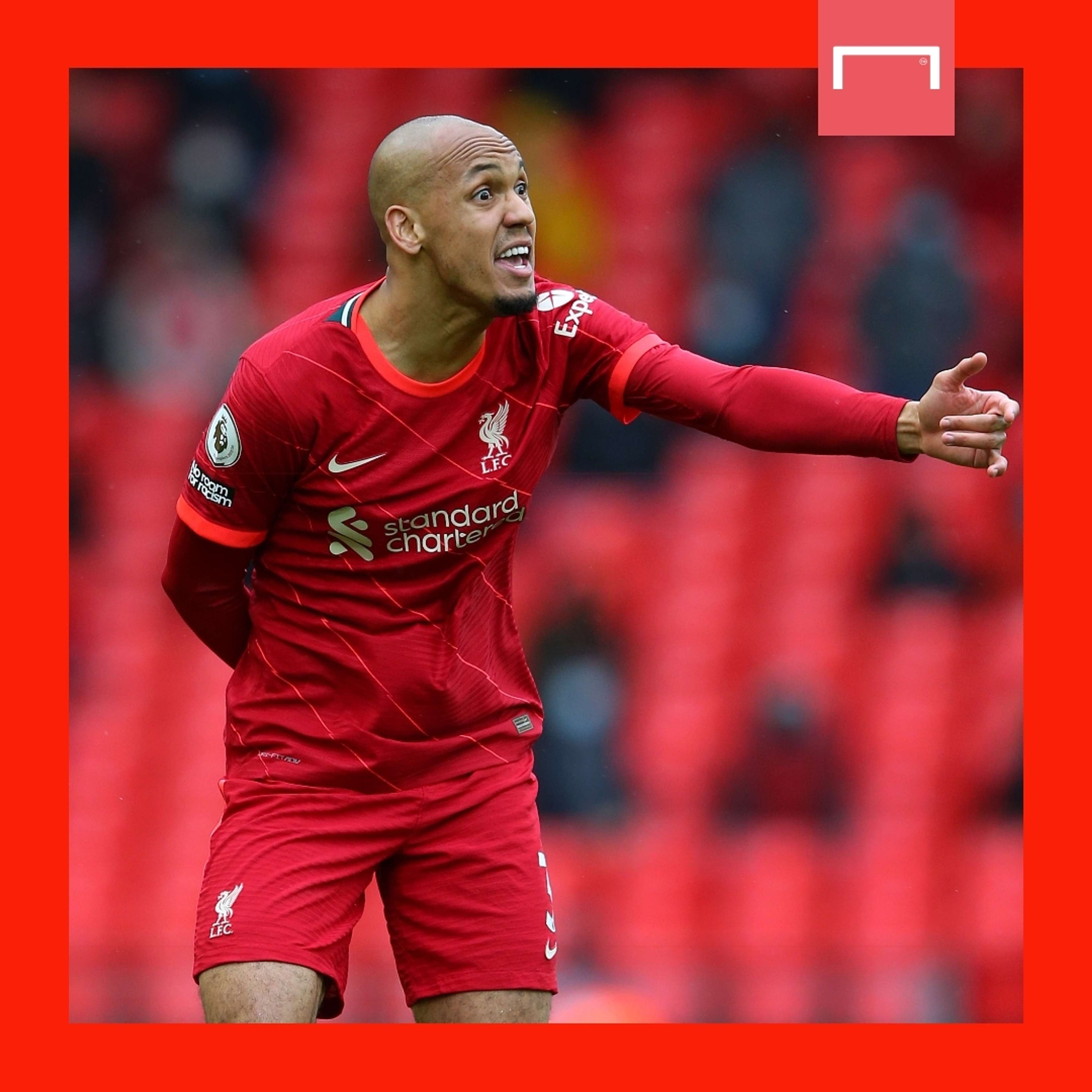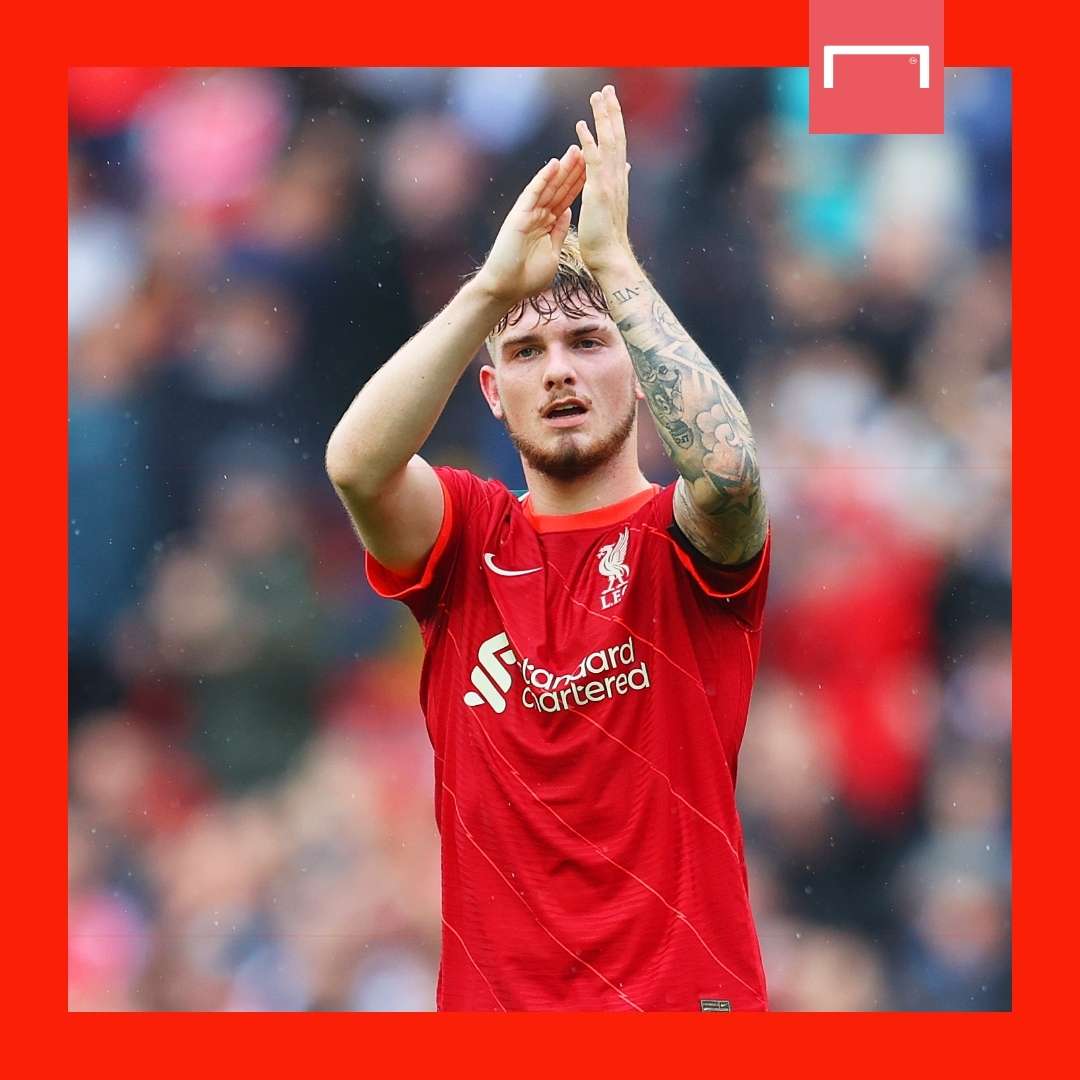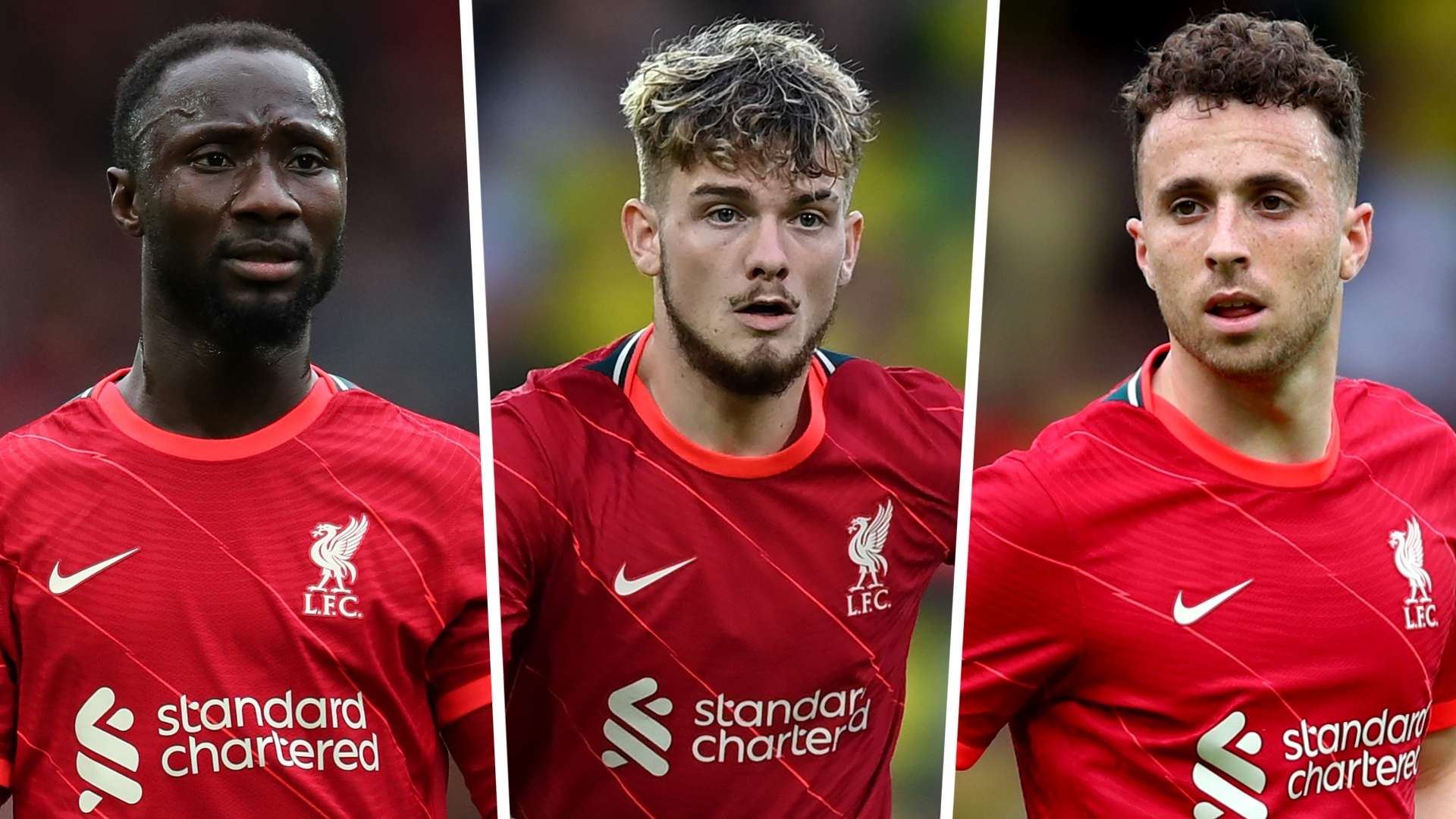It is indicative of the modern obsession with the transfer window that so few pundits have tipped Liverpool for a serious title challenge.
It is easy to be distracted by the potential of the new, and in Romelu Lukaku, Cristiano Ronaldo, and Jack Grealish, Liverpool’s three main rivals for the Premier League crown have made headlines with a superstar signing.
The pessimism surrounding Jurgen Klopp’s side is understandable. New signings can refresh a club, both tactically and psychologically, and there is no doubt Liverpool’s football has gone stale since their title win in 2020.
But this is an overly-simplistic view that fails to take into account just how uniquely challenging their 2020-21 season was and how capable this team are of snapping back to their old selves.
The injury crisis that engulfed the club cannot be overstated; losing three centre-backs, and the knock-on effect of playing Fabinho at the back, ripped the heart out of Klopp’s team.
To prove the extent of that impact – and, by extension, the possibility of a simple shift back to their 2019-20 levels – Liverpool won eight and drew two of their final 10 Premier League games last season, a period that correlates exactly with the moment Fabinho was moved back into central midfield.
His screening of the defence and unusual ability to play a line-breaking pass back forward in the same motion is essential to the waves of attacking pressure and the high press that is the cornerstone of Klopp’s tactics.
With Virgil van Dijk, Joe Gomez, and Joel Matip all back from injury, there is not necessarily a need for Liverpool to sign new players.
Klopp, rejecting the modern clamour for big-money acquisitions every season, can use continuity to his advantage as Liverpool slip back into the rhythms of two years ago, aided by the return of a full Anfield crowd and renewed motivation following the comedown of 2020-21.
 Getty/Goal
Getty/Goal
Two seasons ago, they won the league at a canter, ending a 30-year wait, but having achieved their ultimate goal, they found it tough to keep going, particularly in empty stadiums.
Now supporters are back, surely these players can rediscover their verve and sharpness, motivated by the possibility of winning the Premier League with the fans, and for the fans?
If that wasn’t reason enough to back Liverpool to challenge, the first three league games of the season have revealed that Klopp has three players who fit the ‘like a new signing’ cliché, providing the very refreshment so many have assumed Liverpool lack.
Harvey Elliot is the most important of the trio.
The 18-year-old has dramatically increased the speed and verticality of Liverpool’s ball progression through midfield, which is arguably the main thing that needed improving last season.
Klopp’s team often looked laboured through midfield, which allowed the opponent to sit tight and track a static front three.
With Elliot cutting through the lines, Sadio Mane and Mohamed Salah are suddenly on their toes again, making runs behind the defensive line or coming short for the ball.
This is reflected in the statistics. According to WyScout, Elliott takes 4.3 touches in the opposition penalty area per 90, the second most of any central midfielder in the division (behind Bernardo Silva), while ranking third among midfielders for progressive passes (10.82 per 90), and fourth among midfielders for smart passes (1.73 per 90).
That energy and forward intent – which is roughly comparable to how Philippe Coutinho briefly operated as a free eight under Klopp – is replicated defensively, too.
 Getty/Goal
Getty/Goal
As per StatsBomb (via FBref), Elliot is in the 99th percentile among central midfielders for recoveries of a moving ball, but he is not alone in reprogramming the style of Liverpool’s midfield.
Naby Keita finally looks to be fulfilling his potential, replacing Georgino Wijnaldum with some intelligent passing and dextrous defensive work.
He ranks second among Premier League midfielders for smart passes (2.18 per game) and third in the division overall for through balls (3.27 per 90).
But where Elliot’s influence is mostly in the final third, Keita is a more sturdy defensive presence alongside Fabinho, averaging 4.5 tackles per game – the second most of any player in the division.
This reinvention of central midfield is precisely the shot in the arm Liverpool needed, but it gets better: the return of Diogo Jota adds a clinical edge in front of goal.
Jota, who only started 12 Premier League games last year due to injury, has already scored twice this season to suggest he is an upgrade on Roberto Firmino.
Firmino’s goalscoring issues are well documented, but interestingly he also shoots less than Jota, averaging 2.3 per game in 2020-21 compared to Jota’s 3.8 in 2021-22.
Jota isn’t just a better finisher, he is playing more like a traditional nine, while his tenacious playing style is yet another example of the re-energising of Liverpool’s tactical aesthetic.
It is too early in the campaign to suggest Liverpool are back, but the purposefulness of their performance against Chelsea in round three – coupled with the ease of their wins in the previous two – hints at a restoration of the energy, cohesion, and freshness of their 2019-20 form.
The return of Van Dijk and the Anfield crowd was already enough to assume Liverpool would improve this year. The early glimpses of Elliot, Keita, and Jota might just take them to a title-winning level.




